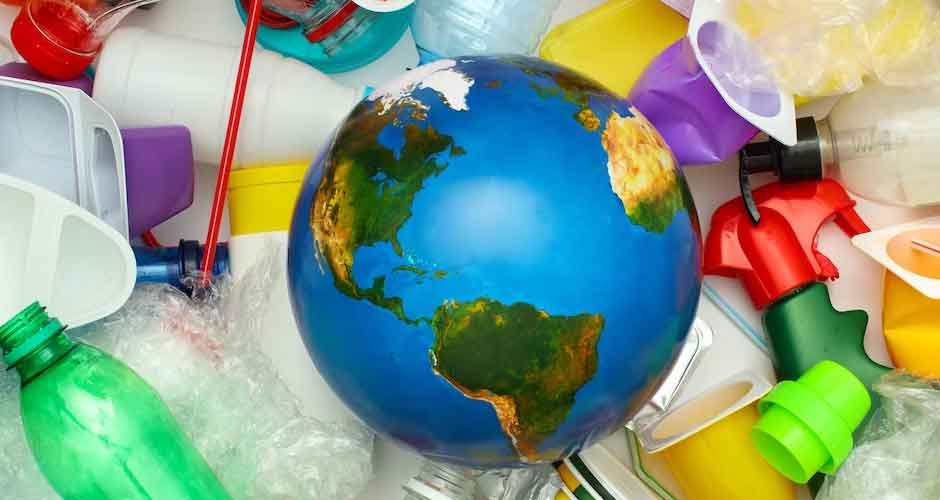As plastic fills the ocean, landfills and even the air around us, we must find ways to reduce our consumption. One crucial place to start is at the source. Product manufacturing, specifically in the area of packaging, is already seeing reform in plastic waste management. However, more can always be done to prevent waste and reduce the vast amount of plastic cluttering our planet. Below is a quick look into reducing plastic container and packaging waste in manufacturing.
First, why is this issue so important to address? It is essential because this category of plastic waste is responsible for a significant portion of municipal solid waste. In 2018 alone, plastic packaging manufacturing created more than 14.5 million tons of plastic waste. Container and packaging waste is defined by the Environmental Protection Agency as products that are expected to be discarded the same year the contained products are consumed. Such products can include soft plastic food wrapping, polyethylene terephthalate soft drink and water bottles, shipping parcels, and more.
Shipping and packaging products — designed to protect the products inside — have seen an alarming upsurge recently. The increase is contributed to online shopping as well as food distribution. In fact, a 2021 report revealed a 29% rise in Amazon’s plastic packaging waste generation during the COVID-19 pandemic versus 2019 estimates.
As the global population continues to swell, the waste generated through food distribution is also expected to grow unless addressed now. This industry relies predominately on soft plastic packaging, which is difficult to recycle. Designed to keep contaminants and moisture out, these multi-material products are referred to as film or “flexible packaging” and make up roughly 50% of food packaging and 41% of all packaging.
What can be done to modify the way these products are packaged and decrease the amount of waste? To start, manufacturers need to do all they can to better manage their plastic waste. One method is to implement a strict reduce, reuse, and recycle waste control program. Another is to develop sustainable practices and utilize more environmentally friendly materials.
Although potentially not as cost-effective, materials such as glass, paper, and cardboard can be more easily recycled. There are also innovative techniques to reduce waste and energy consumption while still maintaining secure, food-safe packaging. For instance, ultrasonic sealing can be an alternative to heat sealing. When used in conjunction with paper products, this method can lead to a more sustainable product and ultimately help companies achieve their sustainability goals.
Unfortunately, plastic waste pollution does not have a simple remedy. Much needs to be done across the world to reverse the devastation already done. Nevertheless, by focusing on modernizing packaging at the source and implementing cutting-edge manufacturing techniques, a difference can be made today.
For additional plastic packaging waste reduction methods, please see the accompanying resource.
Infographic created by Herrmann Ultrasonics, an industrial plastic welding company


